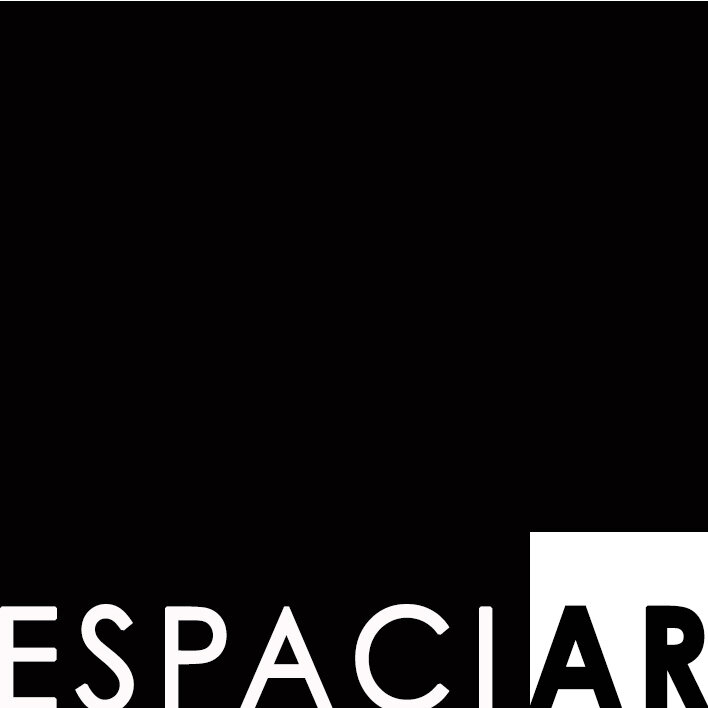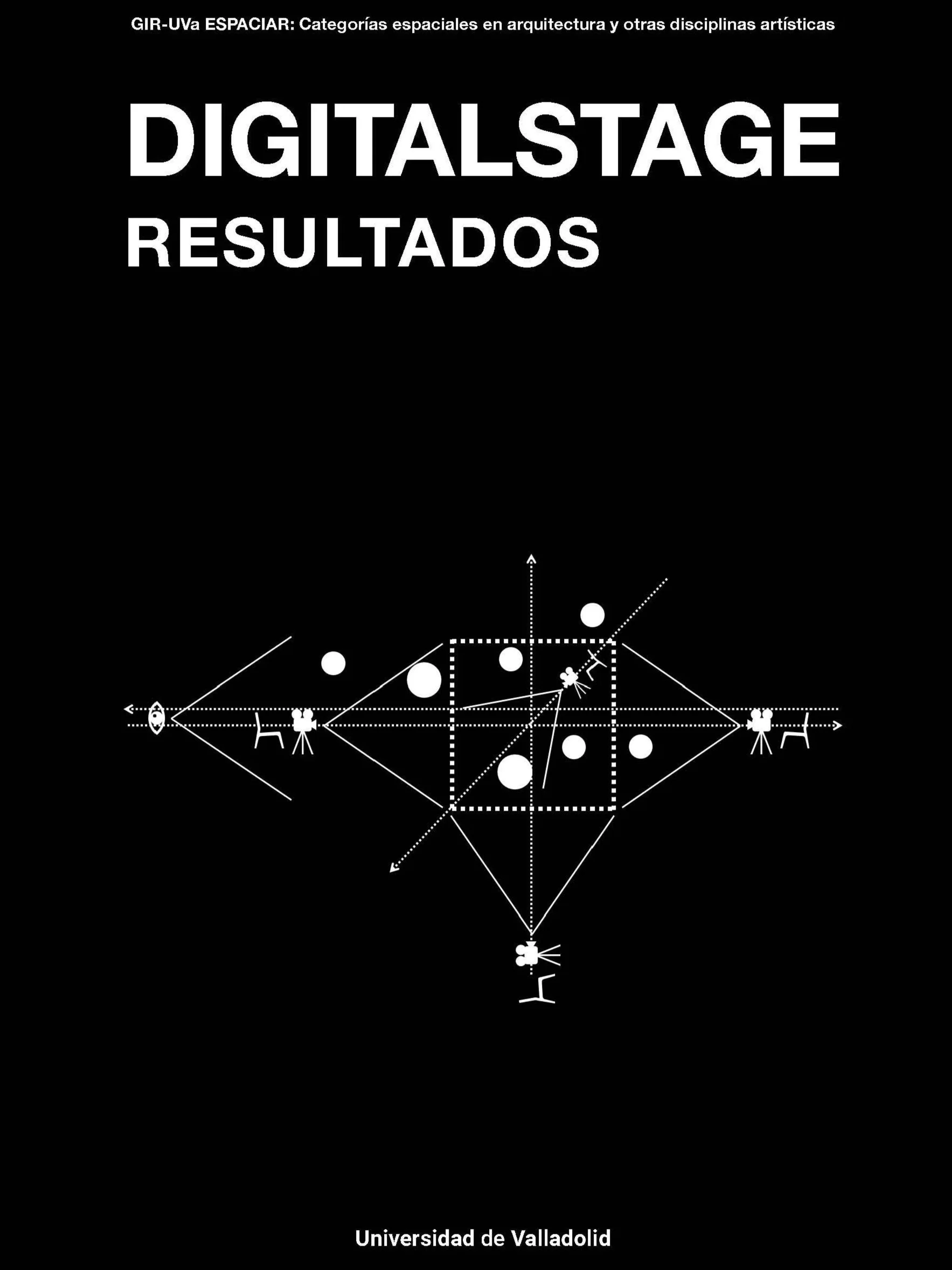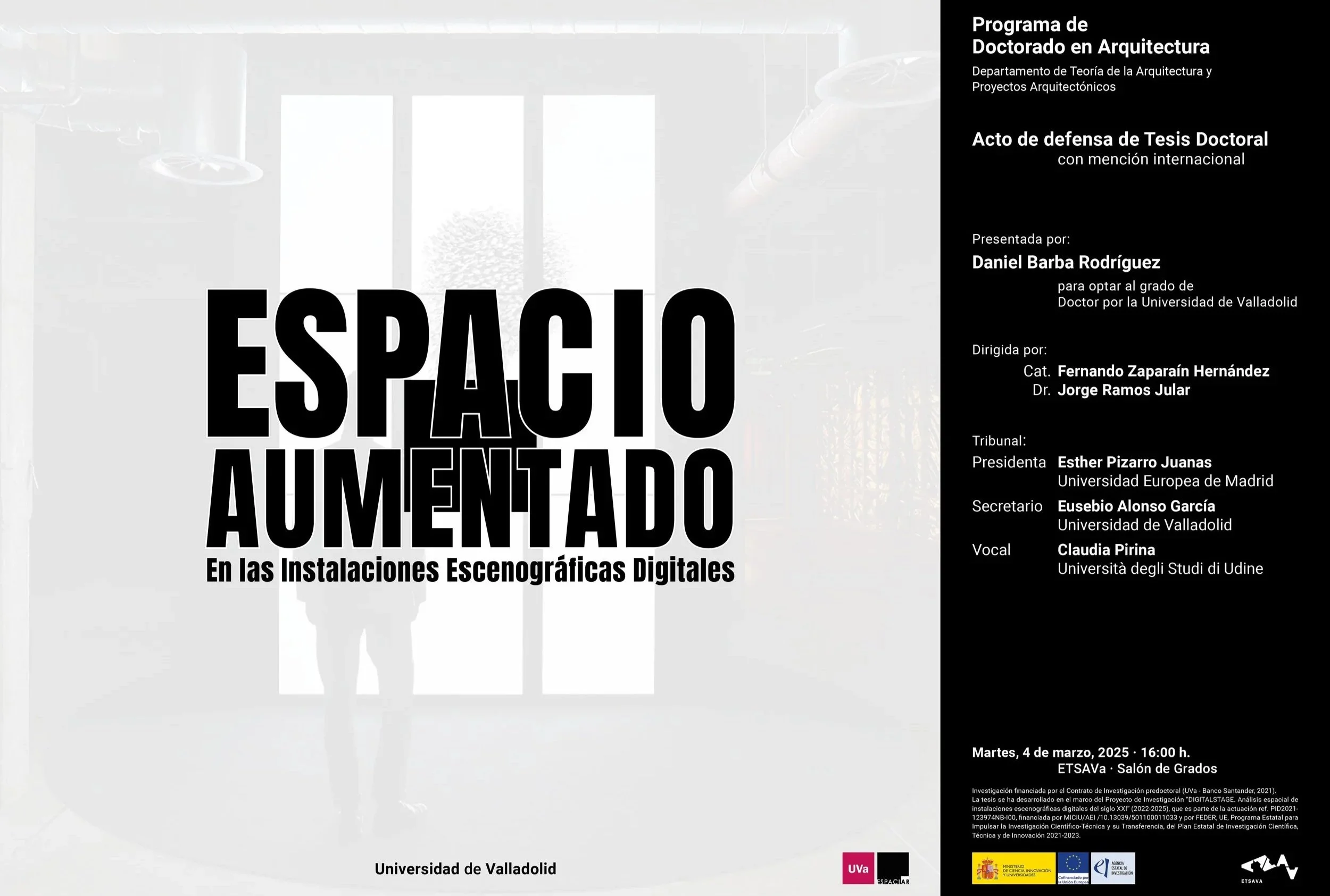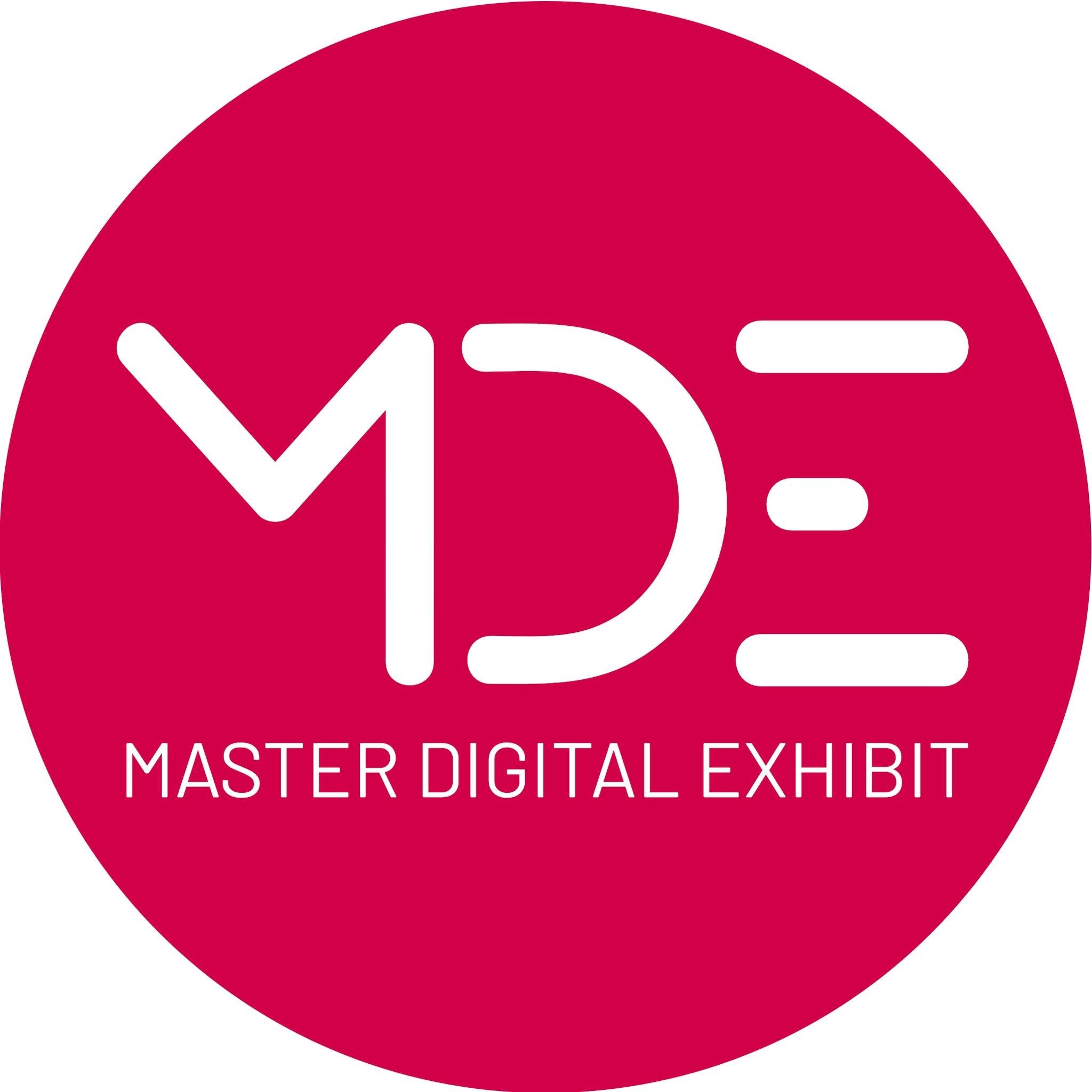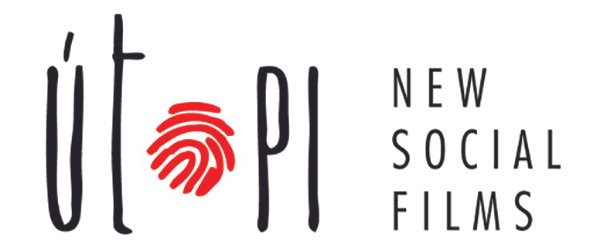DIGITALSTAGE. Análisis espacial de instalaciones escenográficas digitales del siglo XXI
Ref. PID2021-123974NB-I00. Duración: 2022-2025. Presupuesto: 99.583,00€.
RESULTADOS DIGITALSTAGE
#
RESULTADOS DIGITALSTAGE #
Investigadores
Fernando Zaparaín (IP1): Universidad de Valladolid. Jorge Ramos (IP2): Universidad de Valladolid.
Equipo de investigación
Vicente Alemany: Universidad Rey Juan Carlos. Javier Arias: Universidad de Valladolid. Javier Blanco: Universidad de Valladolid. Enrique Jerez: Universidad IE. Diego Palacio: Universidad Internacional de La Rioja. Raquel Sardá: Universidad Rey Juan Carlos (España).
Equipo de trabajo
Daniel Barba: Universidad de Valladolid (España). Cristina Barbiani: Università Iuav di Venezia (Italia). Luis Barrero: Universidad de Salamanca (España). Renato Bocchi: Università Iuav di Venezia (Italia). Amaya Bombín: Artista. Verónica García: Universidad Rey Juan Carlos (España). Filippo Lambertucci: Università Sapienza di Roma (Italia). Pablo Llamazares: Universidad de Valladolid (España). Jorge Marum: Universidade da Beira Interior (Portugal). Andrea Moneta: Notthingham Trent University (Reino Unido). Maria Neto: Universidade da Beira Interior (Portugal). Pedro Neto: FAUP Oporto (Portugal). Luis Perdiguero: Diseñador escénico. Claudia Pirina: Università degli Studi di Udine (Italia). Valentina Rizzi: Università Iuav di Venezia (Italia). Federico Rodríguez: Universidad de Valladolid (España). Miriam Ruiz: Universidade da Beira Interior (Portugal). Juan Carlos Quindós: Arquitecto y artista multimedia. Rodrigo Zaparaín: Arquitecto y escenógrafo.
Tema / Theme
Objetivo. Este proyecto de investigación pretende documentar, representar y analizar, mediante instrumentos arquitectónicos, la nueva espacialidad que viene generándose, desde los 80, y especialmente durante el s. XXI, en diversas instalaciones escenográficas (artísticas, culturales, escénicas o audiovisuales), debido a la incorporación disruptiva del software digital: videomapping, stagebots, ambiente sonoro, realidad aumentada, modelado y proyección 3D, visión 360º, hologramas… Esta innovadora gestión multimedia ha propiciado posibilidades de expresión y configuraciones plásticas antes impensables. La escena se hace tan ilusionista e inmersiva como en el teatro a la italiana, a la vez que, paradójicamente, es más interactiva.
Antecedentes. Los recursos tecnológicos digitales prolongan la renovación escenográfica planteada a lo largo del siglo XX, desde Appia y Craig, hasta Wilson o Lepage, que ampliaron el texto con el objeto, el espectador, la luz o la imagen. Esto empujó a ensayar nuevos modelos de sala, como la Festspielhaus Hellerau (1911) de Tessenow y Dalcroze, el Endless Theatre (1924) de Kiesler, el Teatro Total (1926) de Gropius o el “espace indicible” (1948), la “boîte à miracles” y el Pabellón Philips (1958) de Le Corbusier. Después vendrían las postvanguardias de los sesenta, con el formato híbrido de las instalaciones artísticas, y el protagonismo de la luz (Flavin, Turrel, Eliasson) y del vídeo (Nam June Paik, Bill Viola). En el teatro italiano aparecieron los multimedia de Nono, Kaslik y Svovoda (Venecia 1961), Puecher (Pavía 1967) y Carmelo Bene (Milán 1974). En los 80 fueron decisivos el “Festival de las artes electrónicas” (Rennes, 1988) o los espectáculos totales de “La Fura dels Baus”, y su “Manifiesto Binario”. En el s. XXI, el software ha permitido ya una vertiginosa interacción en tiempo real.
Estado de la cuestión. Desde el punto de vista académico, la arquitectura se ha ido interesando por las enseñanzas espaciales que pueden extraerse del hecho escénico en general, como demuestran algunos títulos cercanos: “La escenografía” (Vila, 1997), “La caja mágica. Cuerpo y escena” (Quesada, 2005), o “El teatro como espacio” (De Blas, 2009). Pero han sido particularmente los críticos dramatúrgicos quienes han comenzado a teorizar sobre las potencialidades de la escena digital, en publicaciones recientes como “La máquina escénica” (de Diego y Vázquez, ed., 2000), “Cultura Visual Digital” (Darley, 2002), “Dramaturgias de la imagen” (Sánchez, 2002), “Escenografía aumentada” (Suárez, 2010) o “La escena del siglo XXI” (López Antuñano, 2016).
Originalidad y generación de conocimiento. Frente a las especulaciones globales, aquí se propone una doble novedad: 1) tratar sobre el tema específico de las nuevas espacialidades propias de la escena multimedia, y 2) hacerlo, no solo de forma teórica, sino mediante una representación gráfica arquitectónica y analítica, con levantamientos planimétricos, modelos dinámicos tridimensionales o cuadros tipológicos comparados.
Los IP son F. Zaparaín y J. Ramos, de la ETSA de Valladolid, cuyo GIR ESPACIAR, estudia las categorías espaciales en arquitectura y otras disciplinas. Han sido IP del proyecto del Plan Nacional I+D+i PGC2018-095359-B-I00 (2019-21) sobre el espacio en las instalaciones artísticas, e investigadores de otro, HAR2011-25413 (2012-14), sobre análisis espacial en Oteiza y Chillida.
Objective. This research project aims to document, represent and analyse, with architectural instruments, the new spatiality that has been generated since the 1980s, and especially during the 21st century, in different scenographic installations (artistic, cultural, scenic or audiovisual), due to the disruptive incorporation of digital software: videomapping, stagebots, sound environment, augmented reality, 3D modelling and projection, 360º vision, holograms... This innovative multimedia management has led to possibilities of expression and plastic configurations that were previously unthinkable. The scene becomes as illusionistic and immersive as in Italian theatre, while, paradoxically, it is more interactive.
Background. Digital technological resources prolong the scenographic renovation proposed throughout the 20th century, by Appia and Craig, Wilson or Lepage, who expanded the text with the object, the spectator, the light or the image. This led to test new theatre types, such as the Festspielhaus Hellerau (1911) by Tessenow and Dalcroze, the Endless Theatre (1924) by Kiesler, the Total Theatre (1926) by Gropius or the "espace indicible" (1948), the "boîte à miracles" and the Philips Pavilion (1958) by Le Corbusier. Then came the post-avant-garde of the 1960s, with the hybrid format of art installations, and the prominence of light (Flavin, Turrel, Eliasson) and the video (Nam June Paik, Bill Viola). In the Italian theatre type, the multimedia of Nono, Kaslik and Svovoda (Venice 1961), Puecher (Pavia 1967) and Carmelo Bene (Milan 1974) appeared. In the 1980s, the "Festival of Electronic Arts" (Rennes, 1988) or the total shows of "La Fura dels Baus" and its "Binary Manifesto" were decisive. In the 21st century, the software has already enabled dizzying interaction in real time.
State of play. From the academic point of view, architecture has become interested in the spatial pedagogy that can be drawn from the stage event in general, as it is showed by some close titles: "La escenografía" (Vila, 1997), "La caja mágica. Cuerpo y escena" (Quesada, 2005), or "El teatro como espacio" and "Música, color y arquitectura" (De Blas, 2009 & 2010). But it has been particularly dramaturgical critics who have begun to theorize about the potentialities of the digital scene in recent publications such as " Visual digital culture. Surface play and spectacle in media genres" (Darley, 2002). " Escenografía aumentada " (Suárez, 2010) or " La escena del siglo XXI " (López Antuñano, 2016).
Originality and knowledge generation. In contrast to global speculations, a double novelty is proposed here: 1) to deal with the specific issue of the new spatialities of the multimedia scene, and 2) to do so, not only theoretically, but also by an architectural and analytical graphic representation, with planimetric surveys, dynamic three-dimensional models or comparative typological tables.
The IPs are F. Zaparaín and J. Ramos, from the ETSA in Valladolid, whose ESPACIAR researcher group studies the spatial categories in architecture and other disciplines. They have been IPs of the Plan Nacional I+D+i PGC2018-095359-B-I00 on space in art installations, and researchers of another one, HAR2011-25413, about spatial analysis in Oteiza and Chillida.
